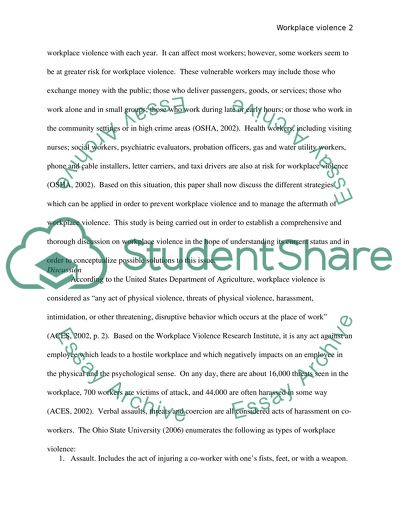Cite this document
(“Developing Strategies For Preventing Workplace Violence/Managing The Research Paper”, n.d.)
Retrieved from https://studentshare.org/family-consumer-science/1415845-developing-strategies-for-preventing-workplace
Retrieved from https://studentshare.org/family-consumer-science/1415845-developing-strategies-for-preventing-workplace
(Developing Strategies For Preventing Workplace Violence/Managing The Research Paper)
https://studentshare.org/family-consumer-science/1415845-developing-strategies-for-preventing-workplace.
https://studentshare.org/family-consumer-science/1415845-developing-strategies-for-preventing-workplace.
“Developing Strategies For Preventing Workplace Violence/Managing The Research Paper”, n.d. https://studentshare.org/family-consumer-science/1415845-developing-strategies-for-preventing-workplace.


